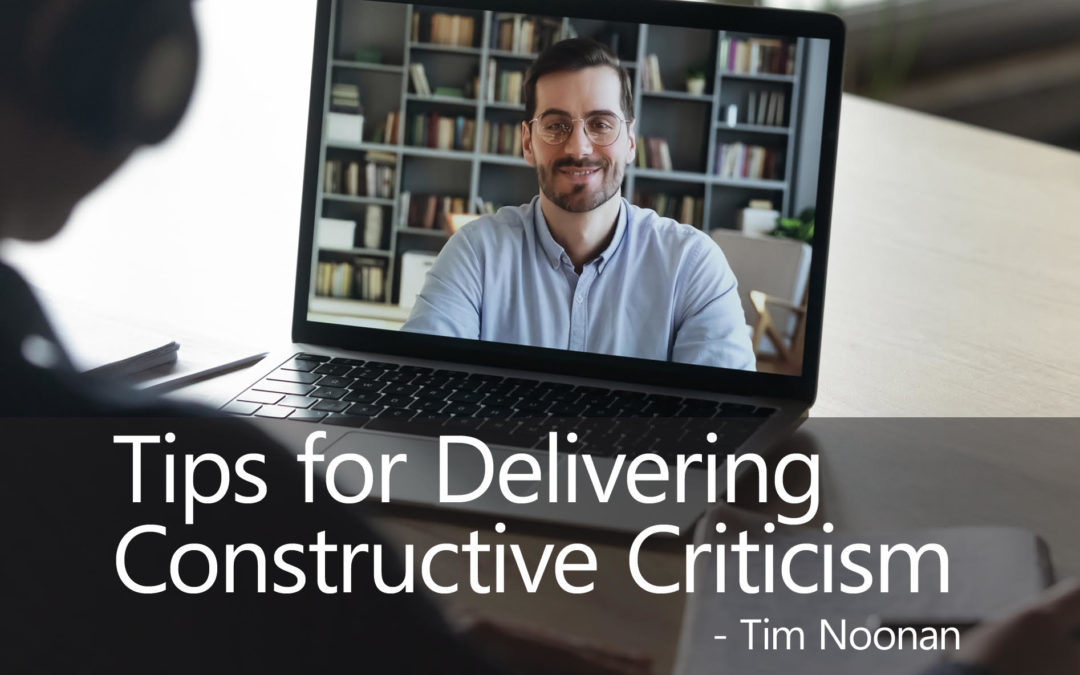As many professionals continue to work remotely, new challenges and obstacles arise every day. Aside from staying personally accountable, focused and driven, people in leadership roles face the challenge of delivering constructive criticism to others without having the benefit of in-person interaction. While it can feel insensitive to do this remotely, it is important that leaders provide effective feedback and criticism just as they would in pre-pandemic times.
Tip #1: Pick the Right Medium of Communication
Choosing the best medium for communication is the first step to delivering constructive criticism remotely. While some people may prefer to send an email, a video call may prove to be more effective. Platforms such as Skype or Zoom are great tools to utilize when communicating with peers, especially if the discussion is personal. Miscommunication about someone’s effort, quality of work, or other personal attributes can be damaging so video conferencing will not only help make the situation more comfortable but ensure feedback is clear and understood.
Tip #2: Be Specific
Be specific with your feedback. Avoid vague feedback like, “Good effort on the presentation but I don’t like it. There’s a lot of room for improvement.” Specificity is more meaningful and actionable. A more specific example might be, “Good effort on the presentation but there are three areas that can be improved, namely, (1) cutting down the length of the presentation by using more concise bullet points, (2) adding more charts on the data analytics page so the client can assess the information quicker, and (3) using a stronger conclusion that summarizes our recommendations.” The more specific the feedback, the easier it is for that person to understand, take action and improve the project or situation.
Tip #3: Use Compassion
The whole point of constructive criticism or feedback is to help the person improve. Using harsh words or being critical about something out of the person’s control can have the opposite effect and will only make them defensive. One way is to focus on the behavior, action or situation–not the person. Removing the ‘person’ from the equation will help him/her realize it is not a personal attack. Next, highlighting first what was done right sets up the conversation in a positive light and helps the person be more receptive to areas of improvement.
Constructive criticism, whether delivered in person or remotely, can be straightforward without losing compassion. The ultimate goal is to help the other person improve, not to tear them down. Being empathetic to a person’s situation, knowing what’s actionable or not, focusing on the situation, not the person, and cushioning your critique with positive reinforcement will produce win-win results.
